Affiliate links on Android Authority may earn us a commission. Learn more.
Qualcomm responds to USB Type-C and Quick Charge 3.0 compatibility concerns
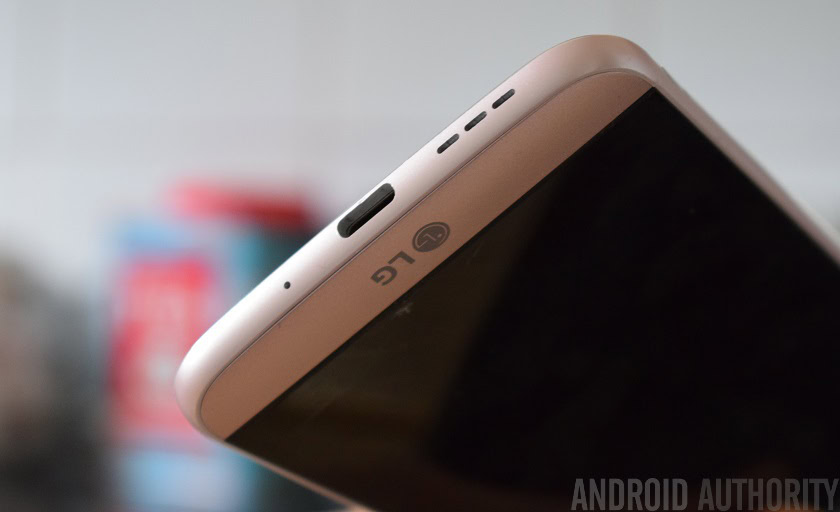
Despite the fact that USB Type-C was designed to make life easier with its error-less insertion initiative – it’s symmetrical after all – there have been a number of concerning issues that have cropped up. One such support scandal surfaced yesterday involving not one, but two brand new flagship phones. Specifically, the HTC 10 and LG’s G5 have been discussed, though the issue itself can pertain to a larger spectrum of devices.
Simply put, there is concern that the Quick Charge 3.0 technology on-board these new smartphones is incompatible with the charging standards of USB Type-C 3.1 specifications, which state that the port’s Vbus line should be held between 4.45 and 5.25 volts. Qualcomm’s Quick Charge, however, works by increasing the voltage to 9 or 12 volts, which clearly breaches the port’s baseline specifications. The nitty-gritty can be found in our coverage here.

In seeking to get to the bottom of the situation, Android Central contacted Qualcomm to get an official statement regarding this concern, and was provided with the following message:
Qualcomm Quick Charge is designed to be connector-independent. It can be implemented in a device that supports a variety of connectors, including USB Type-A, USB micro, USB Type-C, and others. When an OEM chooses to implement Quick Charge into their device, they can configure the voltage to fit within the specifications of the USB Type-C standard. We have received no reports of user experience or device malfunction issues with or without USB Type-C connectors. At Qualcomm Technologies, we are continuously working to provide the best solutions for our customers and consumers. Qualcomm Quick Charge is a leading edge fast charging solution with more than 70 devices and 200 accessories supporting one of the two most recent versions of Quick Charge, with even more currently in development.
On the surface the statement seeks to imply that there is no safety concern, and that no problems have been reported to Qualcomm in regards to any compatibility problems. At the same time however, there is no specific language that addresses the specification-related concerns with USB Type-C itself.
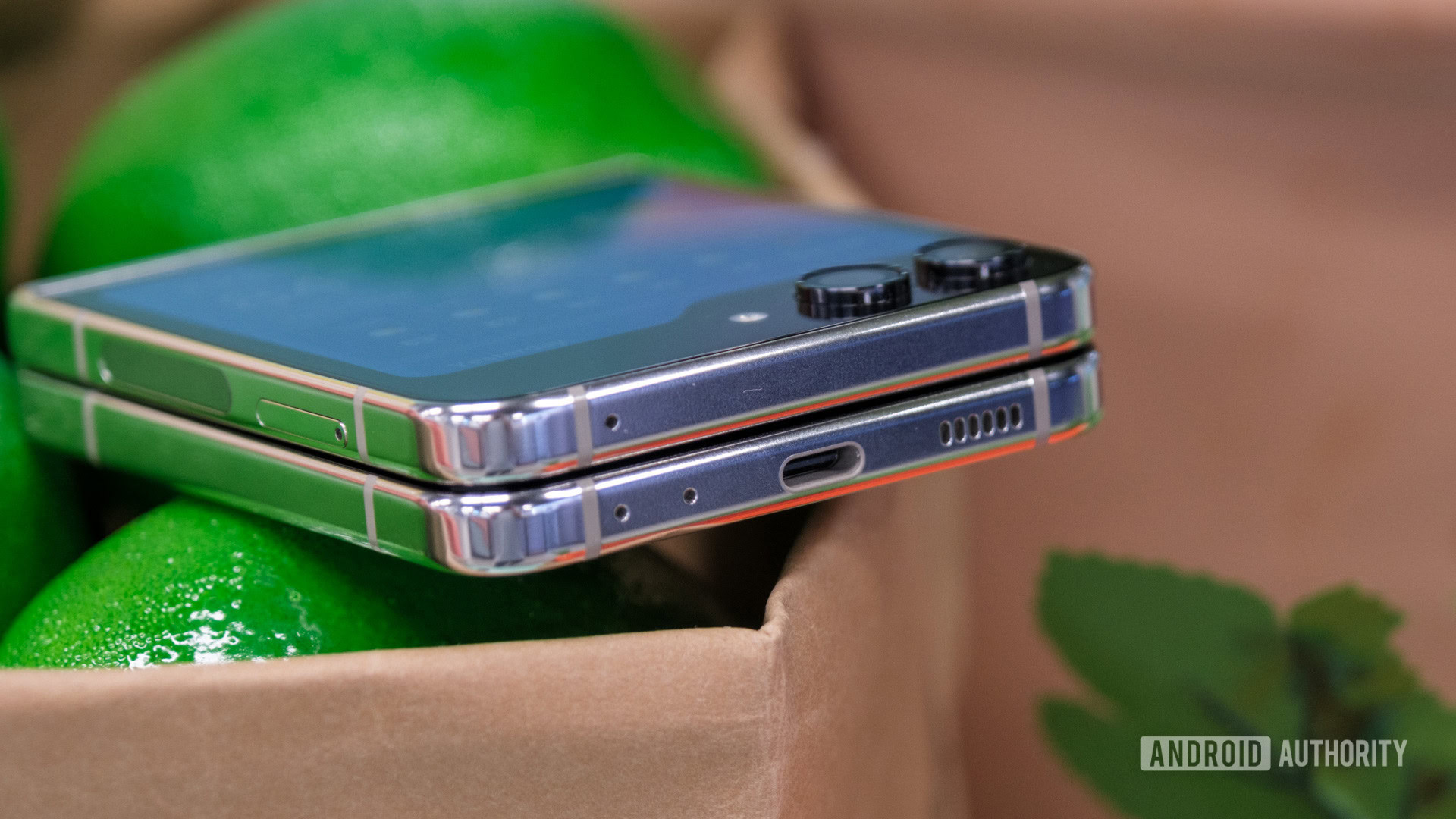
Coupled Concerns
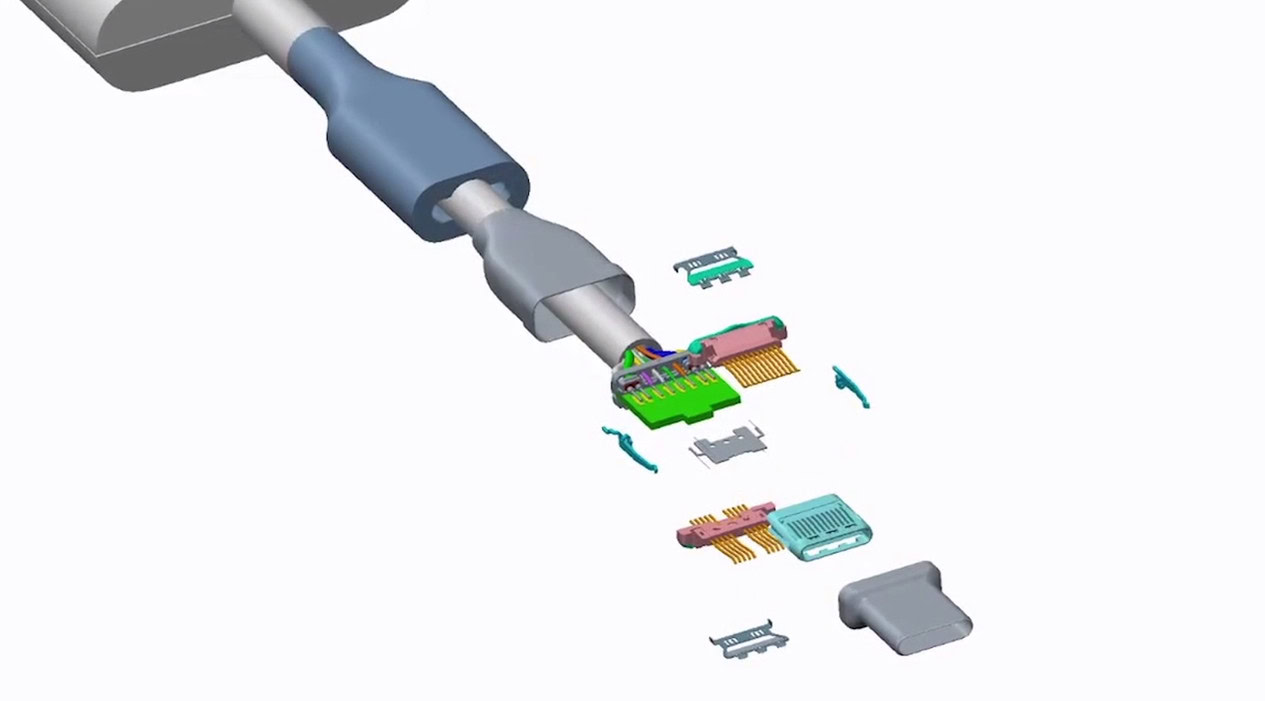
While Qualcomm’s PR department may be trying to alleviate the concerns raised recently, there are still relatively few devices on the market with USB Type-C and Qualcomm Quick Charge 3.0 technology. While no customer claims may have been reported so far as per the information in the above statement, it does not necessarily mean there won’t be in the future. This, in and of itself, is made even more problematic by the ongoing concern about third party USB Type-C cables and the potential hazards they may pose to the very devices meant to work with them.
USB
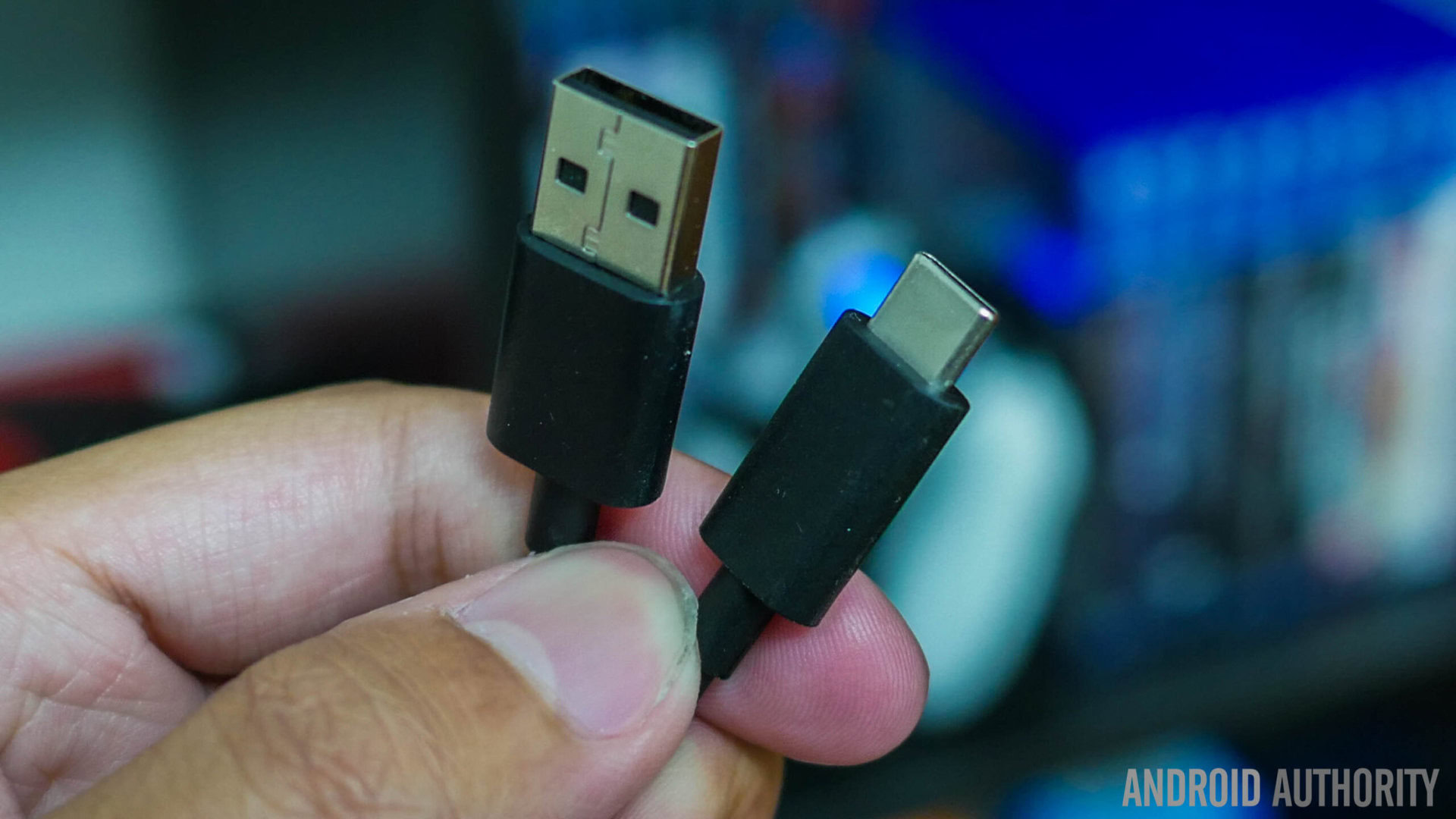
This overall situation, is then further coupled in almost co-morbid fashion, with the fact that companies like Samsung have chosen to pass on USB Type-C for its Galaxy S7 and Galaxy S7 Edge handsets. This will likely reduce the number of potential number accessories made using the standard as the largest player in the industry has decided to forgo its inclusion. Additionally, devices like the Windows 10-powered Galaxy TabPro S make use of USB Type-C but have just one single port on the entire device meaning that customers must purchase a USB Type-C adapter to even plug-in a mini-USB keyboard or other such accessory. It is literally the same problem as Apple’s 12-inch Macbook faces.
Until more companies begin to make USB Type-C accessories, there remains a usability issue with the standard. Until third party plug producers can put out products that don’t fry hardware, there remains a safety issue. And now – with this Qualcomm Quick Charge “problem” – there remains a potentially lingering concern that just using a device with manufacturer-supplied cables might still cause a safety concern.
Wrap Up
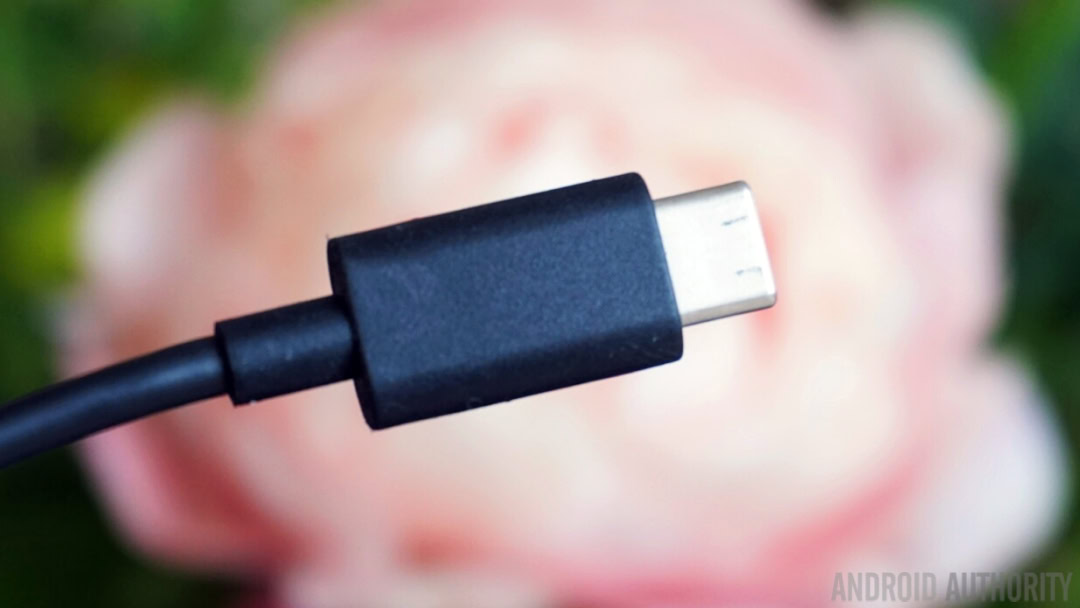
As pointed out yesterday, Qualcomm’s proprietary technology has always extended the USB standard, rather than being a part of it. Charging Type-C phones via a normal 5V USB connection shouldn’t present any problems, as we are simply looking at two competing standards for fast charging. Still, this new mini “scandal” is just another unfortunate blot on the image of what is designed to be the future of wired interfacing.
Assuming there is no possible safety issue, there is still a larger one for Qualcomm the company, as further perpetuation – or eventual reported problems – may linger throughout the year, not unlike what occurred in the last one with respect to the Snapdragon 810 chip-set and its much-publicized overheating problem.
What do you think? Is this issue getting out of hand, or are there legitimate concerns to consider?